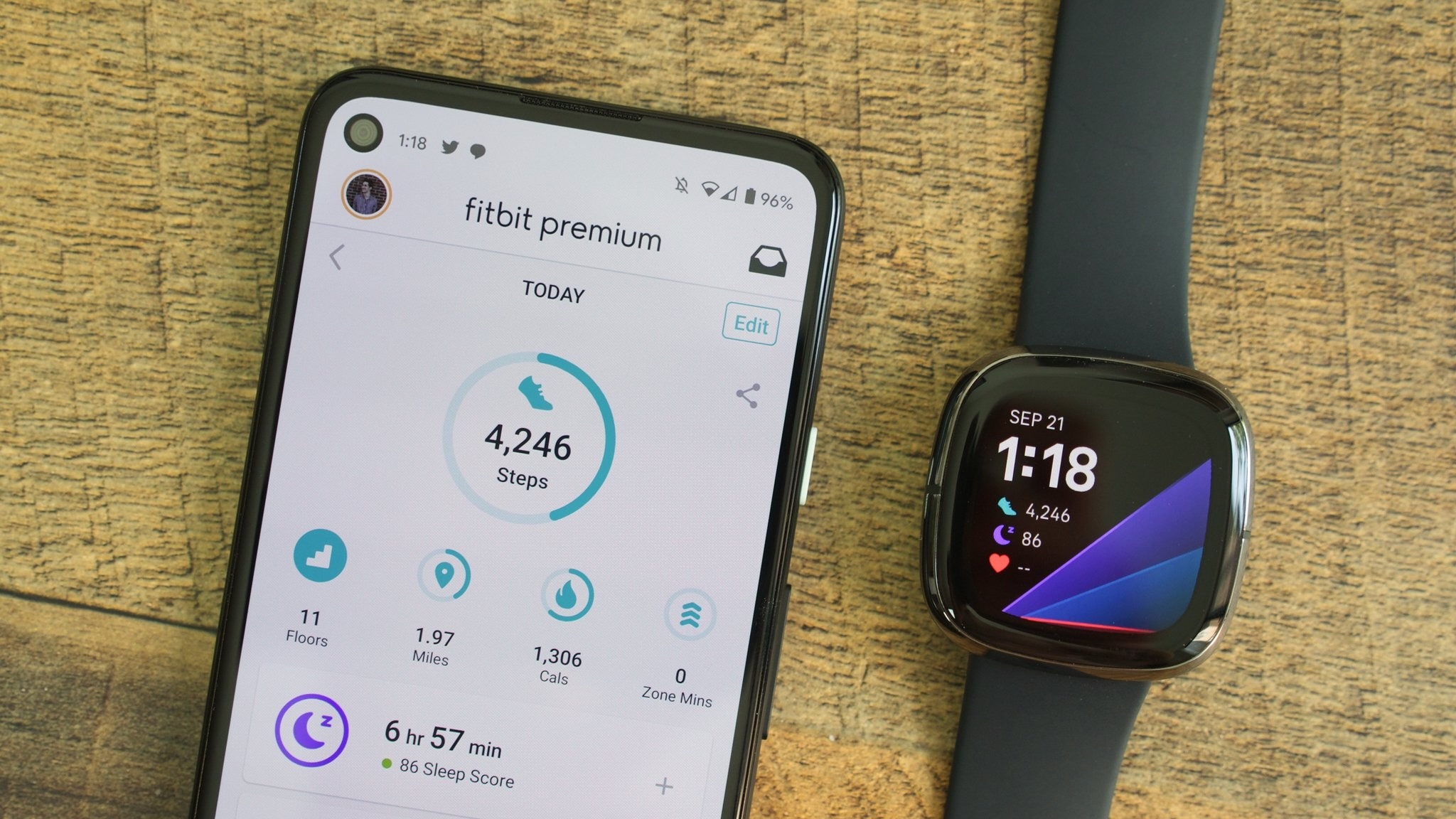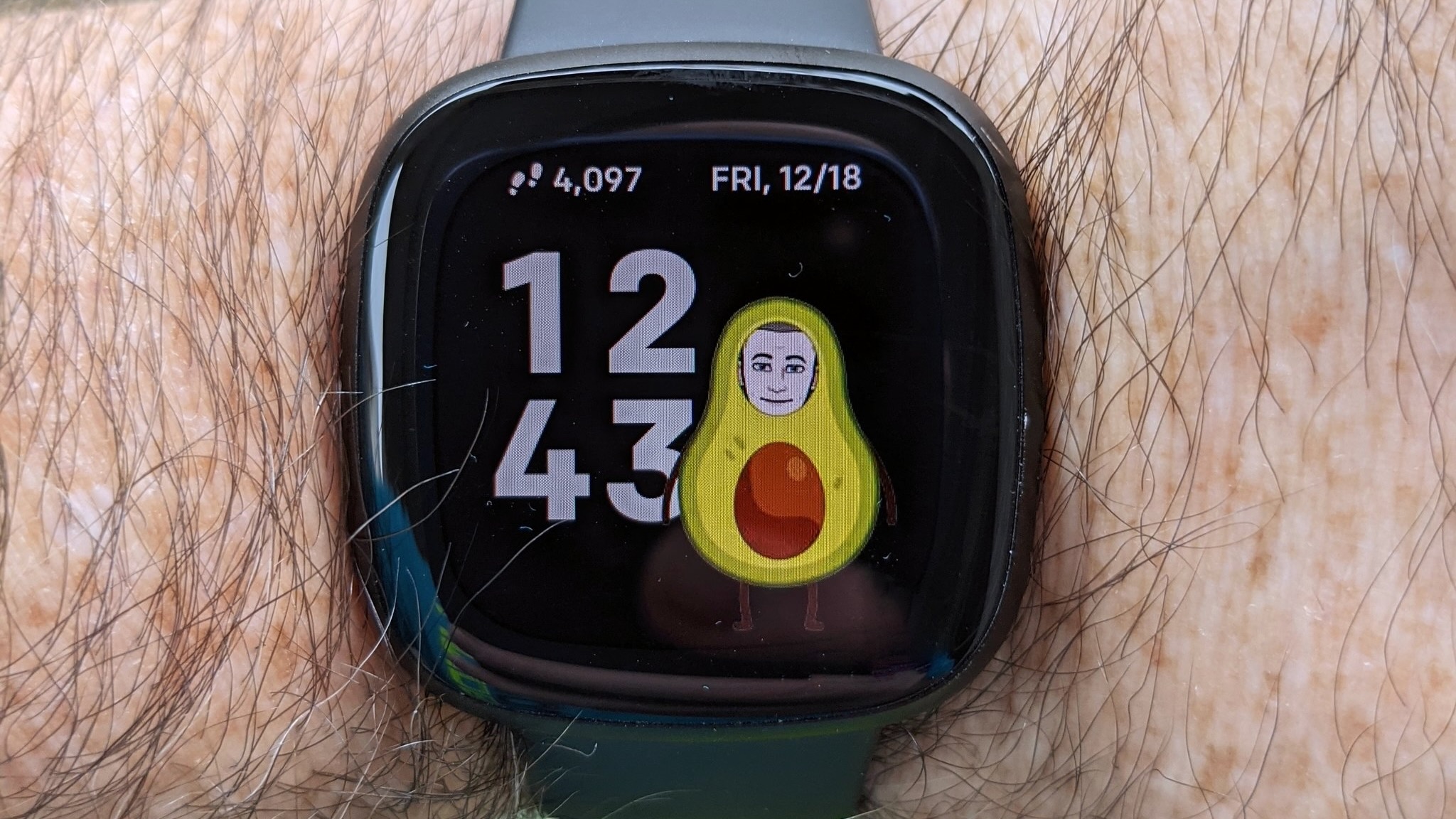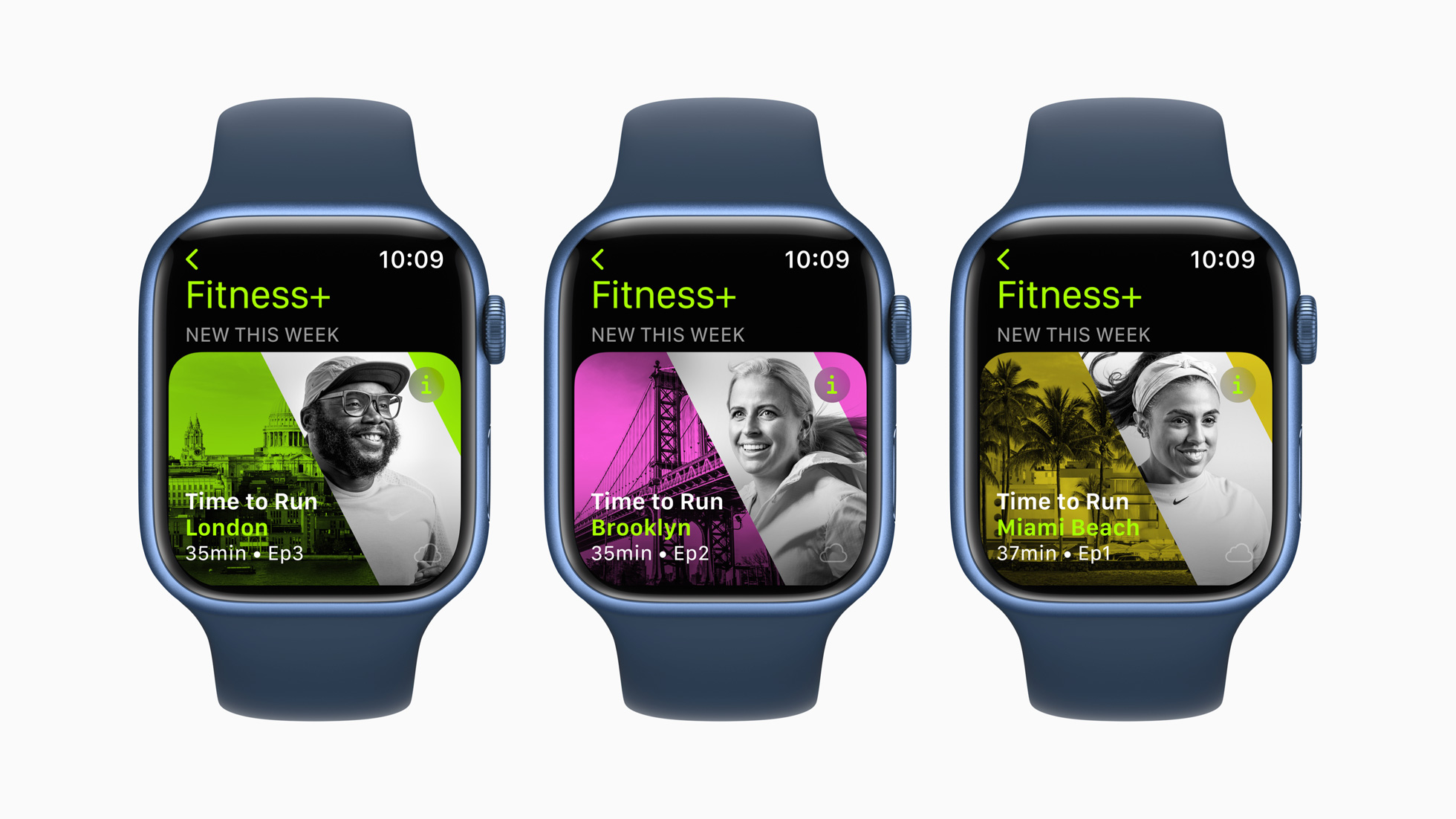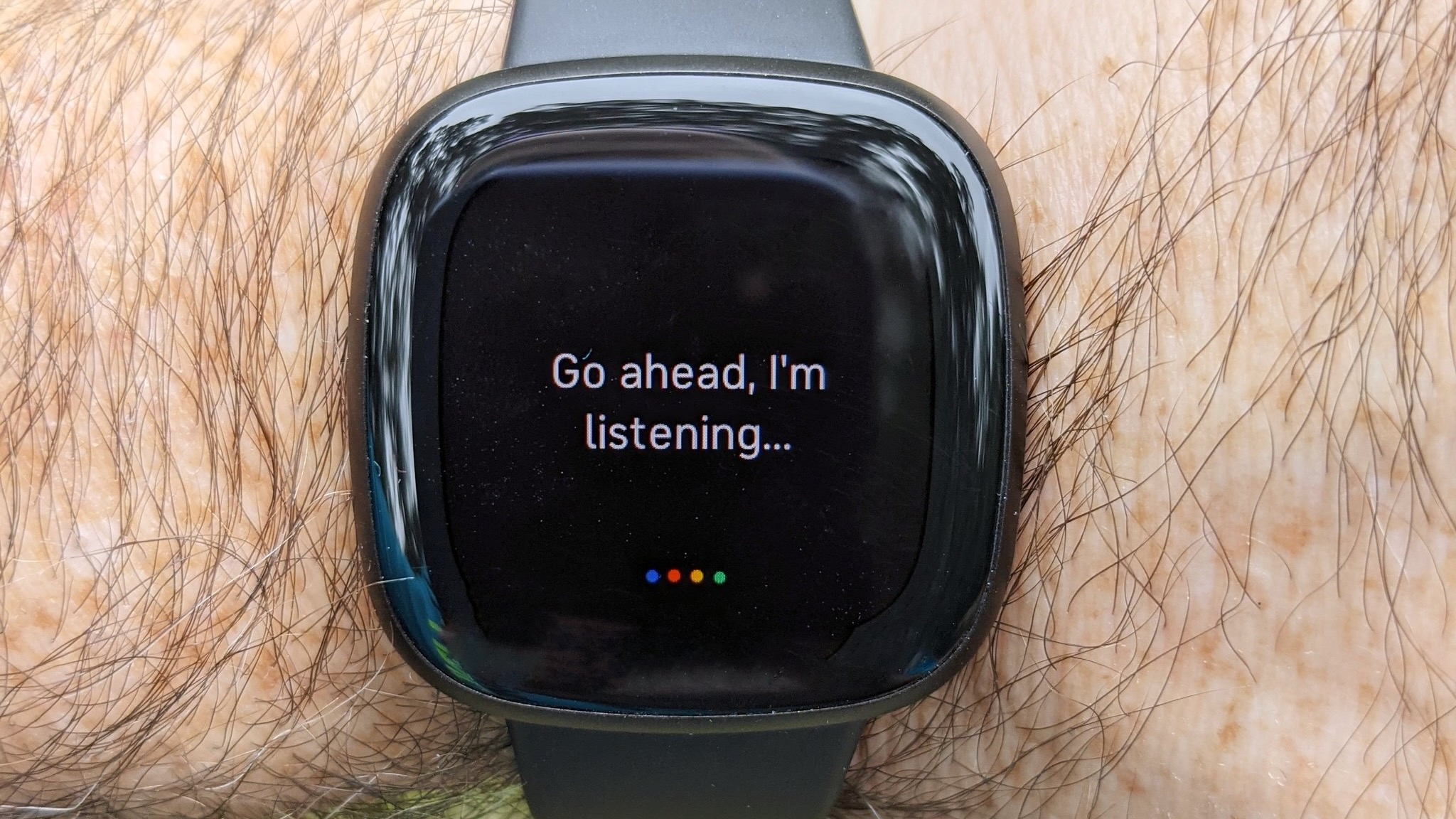7 Fitbit features we want on the Google Pixel Watch
If Google combines the best of Wear OS with the best of Fitbit, this could be a fitness smartwatch for the ages.

When Rick Osterloh announced the Google Pixel Watch at I/O 2022, he said his "favorite thing about the watch is the deep integration with Fitbit." He mentioned a few basic features — continuous heart rate, sleep tracking, Active Zone Minutes, and goal tracking through the Fitbit app — but didn't provide too many other details.
As a runner, I agree with Osterloh! A Pixel Watch that combines the best of Fitbit OS and Wear OS could really offer something exciting for Android-using athletes. Even though I'm disappointed by its last-gen hardware, it'll still offer far better app support and a cleaner UI than a typical Fitbit or Garmin.
Most fitness watches compromise on specs and features to prioritize price and battery life. They last forever but do little outside of workouts except buzz your wrist with notifications. On the flipside, mainstream smartwatches have simple health apps — Google Fit, Apple Health, or Samsung Health — but without the training tools and metrics that you get with most fitness trackers.
While the Pixel Watch will likely need daily charges, it should offer an uncompromised Wear OS experience and better fitness metrics that'll make me want to keep wearing it post-workout. But my interest will depend greatly on how well Fitbit actually integrates into the watch. Are we getting the full experience or just a superficial, mainstream version of it?
With that question in mind, these are the Pixel Watch Fitbit features it needs to fulfill its destiny as a proper fitness smartwatch.
All the health sensors it can fit

The Pixel Watch has two obvious competitors in the Samsung Galaxy Watch 4 and the Apple Watch Series 7, both of which prioritize health tracking. But if the Pixel Watch gets the same sensors as the top Fitbits, it'll absolutely hold its own.
Apple offers continuous HRM with AFib detection, an electrocardiogram (ECG), sleep tracking with blood oxygen monitoring (SpO2), and fall detection. Samsung also offers HRM, SpO2, and ECG, along with Bioelectric Impedance Analysis and blood pressure (in some countries).
Get the latest news from Android Central, your trusted companion in the world of Android
Inside of the Fitbit Sense, however, you'll find HRM, SpO2, and ECG, plus an electrodermal activity (EDA) sensor for stress tracking and a temperature sensor that helps with tracking sleep quality, menstrual tracking, and possible illness.
Not all Fitbits include those latter sensors, but even the more affordable Fitbit Charge 5 has everything except the temperature sensor. I find it perfectly feasible that the Pixel Watch could include them without ballooning the cost of the watch. It'll simply depend on whether Google has trouble squeezing them in alongside the upgraded hardware and memory.
Plenty of fitness trackers make do with just heart rate and Pulse Ox. But Fitbit needs to do better to justify its monthly subscription, and that means a holistic look and your body's health, sleep, and stress to help athletes determine how hard they should push themselves.
Free Fitbit Premium for (at least) a year

Fitbit CEO James Park gave a post-I/O interview to CNET about the Fitbit-Pixel Watch integration, but was predictably cagey on unannounced details like sensors, watch faces, and Google apps. He did confirm Pixel Watch will rely on a Fitbit Premium subscription; otherwise, we're left to speculate for ourselves until this fall.
"We've made the commitment that the health and fitness data that we collect will never be shared with the Google ad systems," Park said, as justification for Fitbit's Premium model.
We expect (but don't know for certain) that the Pixel Watch will cost somewhere in the $300-$400 range, along with a surcharge for a possible LTE upgrade. Add in $10/month or $80/year, and that's a pricey commitment. So Google should soften the blow by including a credit off Fitbit Premium.
Fitbit has a history of doing this: it bundled a free year with the Inspire 2, but only 6 months with its more recent models like the Sense, Charge 5, and Luxe. The Pixel Watch could attract a new horde of die-hard Android users to its platform, but only if Fitbit tempts them with enough free data that they'll stay hooked once the trial ends.
Customizable watch faces

In the Pixel Watch reveal, we got a glimpse of a home screen showing your daily steps and the Fitbit Today logo, with circles to indicate your fitness progress. As with the Apple Watch and its Rings, I appreciate that Google will put this data front and center on its Watch.
That being said, I also hope Google allows for seamless customization with what health or fitness data you show on the home screen, just as you can create or download custom Fitbit watch faces on its watches.

If you want to highlight distance, Active Zone Minutes, your Daily Readiness, calories, stress level, or even non-fitness-related stats like weather or unread notifications, Google should let you configure your watch face to crowd in whatever data you need. Or, if you'd rather hide all that info and just throw up a beautifully designed clock face or a silly Bitmoji like the one above, that should be okay too!
The Galaxy Watch 4 has custom faces and the option to add Complications, but we weren't very impressed with them despite all the customization options. Here's hoping Google's Wear OS attempt does better.
Easily accessible Fitbit data on the Watch

The downside of most fitness trackers is the limited app support. The upside is that it's very simple to find every single feature available. You usually just have to scroll through menus or tap the right button to pull up health stats and recent workouts or start an exercise.
Assuming our last wishlist item is fulfilled, you can put some of this data directly into the watch face. But for information that won't fit there, or for people who'd rather check this data manually, it makes sense for the Fitbit Wear OS app to make your daily or historical data readily available on the watch, not just through the mobile app.
In other words, we want a robust Wear OS Fitbit app. One that makes data readily available, has a ton of sports modes, and makes it easy to find Premium tools like workouts and challenges. Of all the Pixel Watch Fitbit features, this is probably the most vital to making it a "fitness smartwatch" rather than a Wear OS watch with a fitness app on it.
Fitbit Premium workouts on your watch

Fitbit Premium offers over 200 guided video workouts from LesMills, Popsugar, and Daily Burn, as well as 200 audio-only guided meditations from Calm, Aura, Aaptiv, and Deepak Chopra. They're all available through the mobile app.
What I'd like to see is some deeper integration between the mobile app and watch, similar to how you can select an audio-only Time to Run workout in the Apple Workout watch app with Fitness+ (pictured above). It'd be great if you could dive into the Fitbit watch app, find a relaxing or challenging routine, and start listening through your wireless earbuds.
In a dream world, it'd also be nice if Google would let you cast Fitbit Premium workouts to your TV and then show your Pixel Watch health data on the screen corner, just as Apple Fitness+ lets you do during its workouts on Apple TV. We'll have to see if Google's new "better together" initiative can pull that off.
Fitbit/ Google Assistant integration

Both the Fitbit Sense and Versa 3 support Google Assistant, allowing you to start workouts, set alarms, ask it questions, and so on. Obviously the Pixel Watch will support Google Assistant as well, so no worries there. But we don't know whether commands like "Start a run" or "start yoga" still connect directly to Fitbit software when it's not on Fitbit OS.
Ideally, we'd also want Google Assistant to be even more handy on the Pixel Watch here. Perhaps you could set your watch to be always listening during a workout so you can shout "pause workout" or "start new lap" without having to fiddle with the crown. And outside of your exercises, being able to ask Assistant to "show last workout" or "run blood oxygen scan" would be supremely useful. That way, you don't have to go searching and swiping through menus.
Bonus: Take advantage of Google Maps

Unlike premium Garmin watches like the Forerunner 945 LTE, Fitbits don't have the processing power or LTE support to offer maps to hikers and adventurers. But we know the Pixel Watch will have more power, access to turn-by-turn directions through Google Maps, and will support 4G LTE connectivity.
I'd love to see proper workout mapping and routing come to the Pixel Watch. This isn't a "Fitbit feature," per se, as the app doesn't do anything with routes at the moment. But it could be a feature it pushes on Wear OS!
Garmin offers full-color mapping and the option to create custom courses, then check your current GPS position against the course. You receive turn-by-turn navigation, round-trip routing, and even a tool to check your current and upcoming elevation gain.
Imagine similar tools built on top of the Maps API, with your favorite running routes saved and a quick tap option to "take me home." To tie into Fitbit specifically, you could generate a route and have Fitbit give you a recommended pace or warn you against it, based on the elevation gain and your current Readiness. Now that would be a game-changer for a fitness watch in my mind.

Michael is Android Central's resident expert on wearables and fitness. Before joining Android Central, he freelanced for years at Techradar, Wareable, Windows Central, and Digital Trends. Channeling his love of running, he established himself as an expert on fitness watches, testing and reviewing models from Garmin, Fitbit, Samsung, Apple, COROS, Polar, Amazfit, Suunto, and more.
